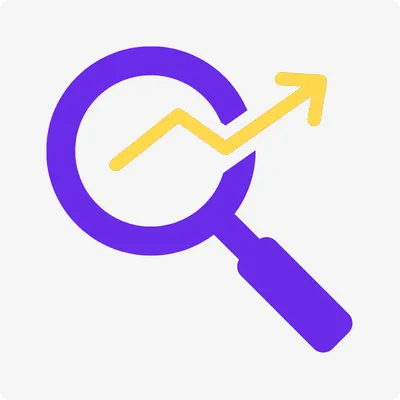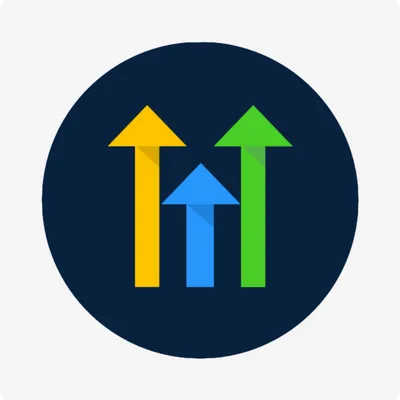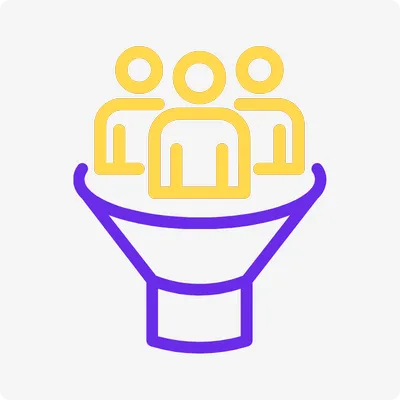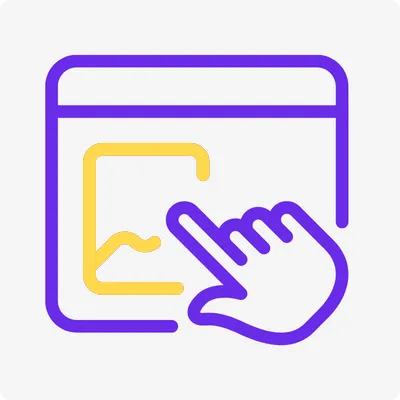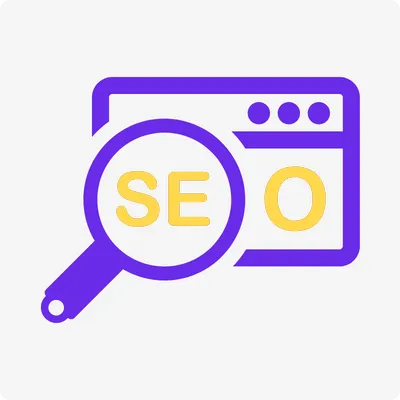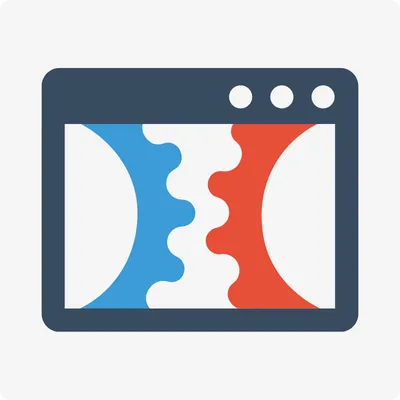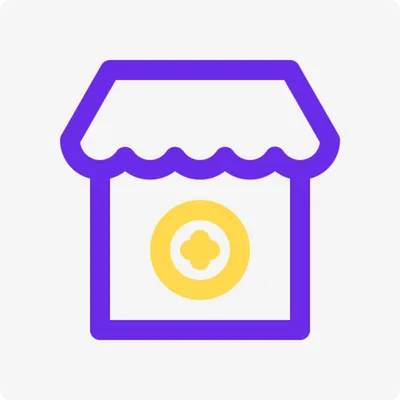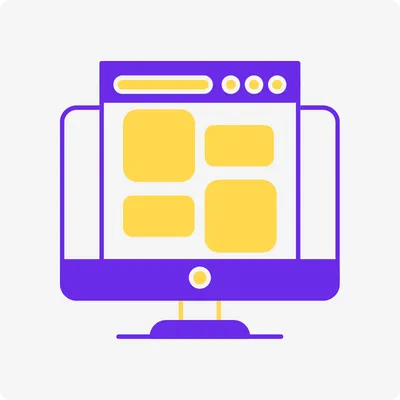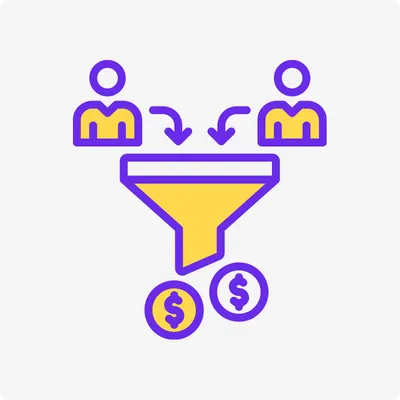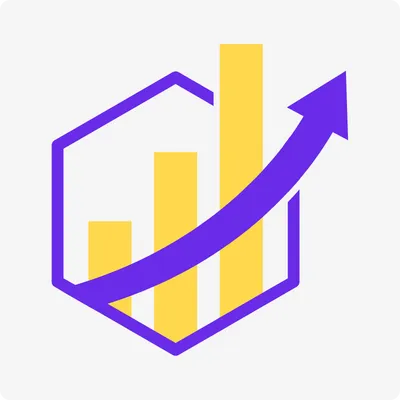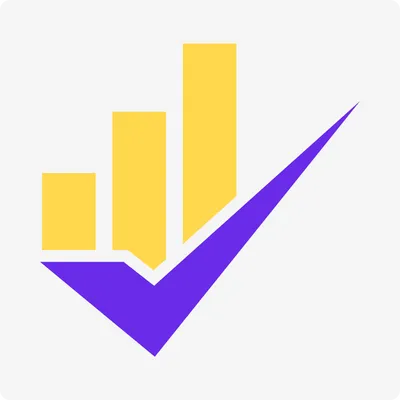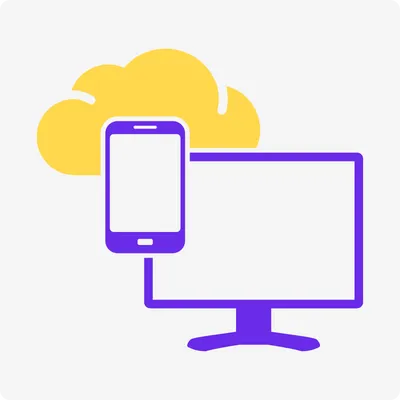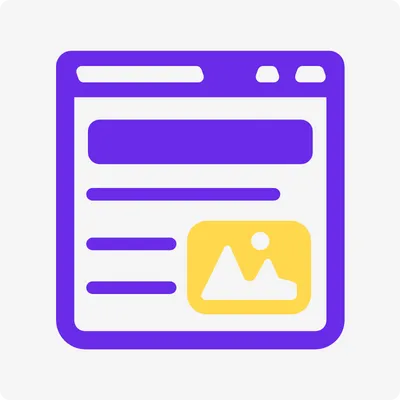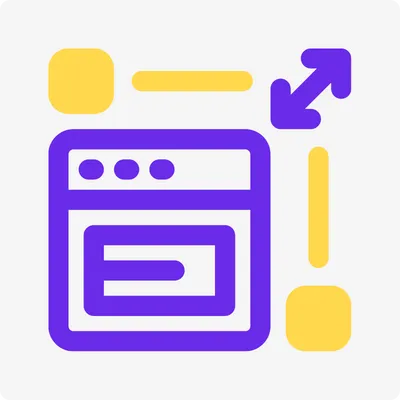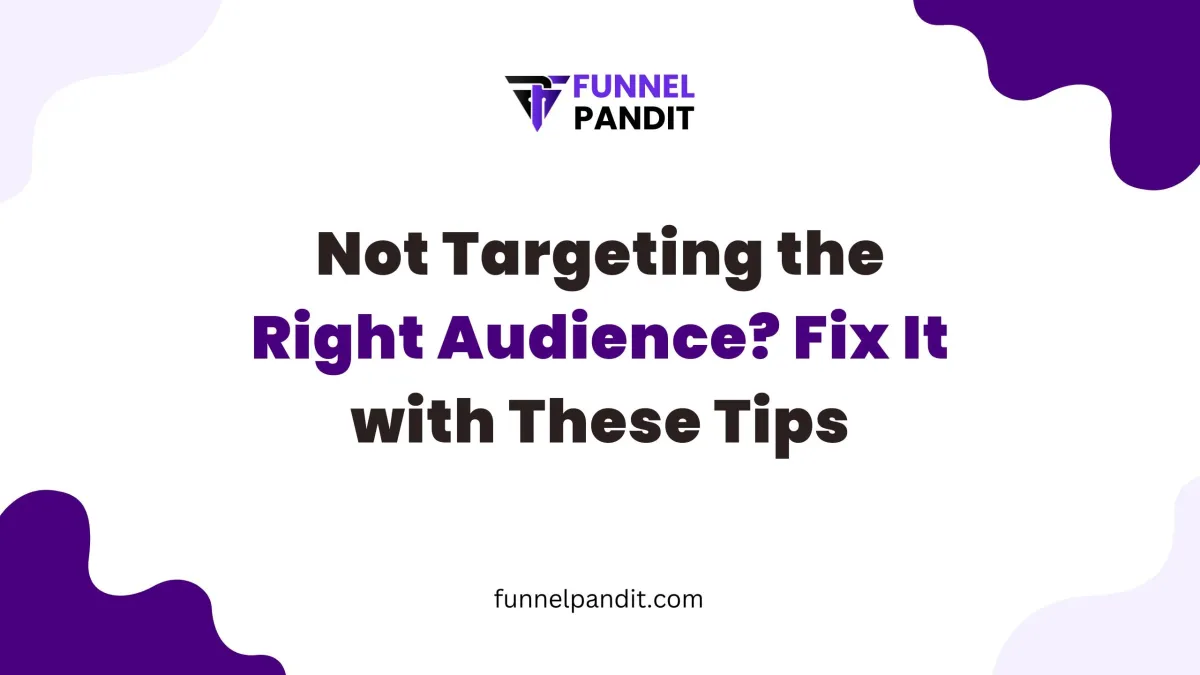
Not Targeting the Right Audience? Fix It with These Tips
Imagine this: you’ve spent the time and money on a marketing campaign—graphics, design, slogan and all (although, some items), and when the results come out, you receive nothing but crickets. The clicks are low, the sales are lackluster, and you don’t understand what went wrong. Ring a bell? If so, you probably made the most classic mistake of targeting the wrong audience.
Also Read👉 Struggling With Unclear Social Media Goals?
When you fail to reach the people who care about your product or service, it’s like shouting into a void. You could have the greatest product of all time, but if it’s being marketed to the wrong people, it’s all for nothing. The good news? You can change things around with audience research, buyer persona development, and niche analysis.
In this blog, I will share why targeting the wrong audience occurs, its consequences, and how to improve it using actionable tips based on expert opinion. Let’s get started!
Why Are You Not Targeting the Right Audience?
Before we dive into solutions, let’s unpack why businesses miss the mark on audience targeting. It’s not always obvious, but these common missteps can derail even the most well-intentioned efforts.

1. Assuming Everyone Is Your Customer
One of the biggest traps is thinking everyone will love your product. A 2022 HubSpot study found that 60% of marketers who struggled with ROI had overly broad audience definitions. Casting a wide net might seem like a safe bet, but it dilutes your message and wastes resources. For example, a boutique selling eco-friendly yoga gear won’t resonate with everyone—its sweet spot is environmentally conscious fitness enthusiasts, not bargain hunters looking for cheap sweats.
2. Skipping Audience Research
Many businesses rely on gut feelings instead of data. Without research, you’re guessing who your audience is, what they want, and where they hang out. I once worked with a small bakery that advertised their vegan cupcakes on a general foodie subreddit, only to realize their core customers were local moms browsing Pinterest for healthy kid-friendly treats. No wonder their ads flopped!
3. Ignoring Changing Trends
Audiences evolve. What worked five years ago might not today. If you’re still targeting millennials with the same messaging you used in 2015, you’re likely missing the mark. Gen Z, for instance, prioritizes authenticity and social impact, with 73% of them preferring brands that align with their values, according to a 2023 Nielsen report.
4. Focusing on Vanity Metrics
It’s tempting to chase likes and followers, but big numbers don’t always mean the right audience. A fitness app might have thousands of Instagram followers, but if most are bots or casual browsers, not active users, those numbers won’t translate to sales.
The Cost of Not Targeting the Right Audience
When you miss your target audience, the consequences ripple through your business. Here’s what’s at stake:
- Wasted Budget: Every dollar spent on ads that reach the wrong people is a dollar down the drain. A 2021 report from Forrester estimated that businesses lose up to 30% of their marketing budget due to poor targeting.
- Low Engagement: If your message doesn’t resonate, people won’t click, share, or buy. This hurts your brand’s visibility and growth.
- Damaged Reputation: Bombarding the wrong audience with irrelevant ads can annoy potential customers, making them less likely to trust you later.
- Missed Opportunities: While you’re chasing the wrong crowd, your competitors are connecting with your ideal customers.
How to Fix It: Solutions for Targeting the Right Audience
The solution to not targeting the right audience lies in understanding who your audience is and how to reach them. By leveraging audience research, buyer personas, and niche analysis, you can create campaigns that hit the bullseye. Here’s how to do it:

1. Conduct Thorough Audience Research
Start by gathering data about your current and potential customers. Use these tools to uncover insights:
- Analytics Platforms: Google Analytics, social media insights, or CRM tools can show you who’s engaging with your brand, their demographics, and their behavior. For instance, a pet store might discover that 80% of their website visitors are women aged 25–40 who search for organic pet food.
- Surveys and Feedback: Ask your customers directly what they want. Tools like SurveyMonkey or Typeform make this easy. A coffee shop I advised sent a quick survey to their email list and learned their customers valued fair-trade beans over flashy latte art.
- Competitor Analysis: Study what your competitors are doing. Are they targeting a niche you’ve overlooked? Tools like SEMrush or Ahrefs can reveal their top keywords and audience segments.
Real-World Example: A skincare brand struggling with low sales used Google Analytics to find that their blog posts about acne solutions were getting traction among teens, not the middle-aged women they’d been targeting. They shifted their ads to TikTok, where teens were active, and saw a 25% sales boost in three months.
2. Build Detailed Buyer Personas
A buyer persona is a semi-fictional profile of your ideal customer, based on real data. It helps you visualize who you’re talking to and tailor your messaging. Here’s how to create one:
- Demographics: Age, gender, location, income level.
- Pain Points: What problems do they face that your product solves?
- Goals: What are they trying to achieve?
- Behavior: Where do they shop? What platforms do they use?
For example, a tutoring company might create a persona named “Busy Mom Sarah,” a 35-year-old working parent who wants affordable, flexible tutoring for her middle schooler and spends time on Facebook groups. This persona guides their ad copy, platform choice, and offers.
Pro Tip: Don’t create too many personas. Focus on 2–3 core ones to keep your messaging sharp.
3. Analyze Your Niche
Niching down means focusing on a specific segment of the market where you can stand out. Ask yourself:
- What makes your product unique?
- Who benefits most from it?
- Where does this group spend their time?
For instance, a company selling sustainable travel gear might realize their niche isn’t “travelers” but “eco-conscious backpackers.” Instead of generic travel blogs, they target forums like Reddit’s r/solotravel or Instagram hashtags like #sustainable travel.
A 2020 study in Harvard Business Review found that brands focusing on niche markets saw 20% higher customer retention than those with broad targeting. Niching works because it builds loyalty among a dedicated group.
4. Test and Refine Your Approach
Audience targeting isn’t set-it-and-forget-it. Run small campaigns to test your assumptions, then tweak based on results. A/B testing tools like Optimizely can help you compare ad variations. For example, a fitness studio might test two Facebook ads: one targeting young professionals with “quick workouts” and another targeting parents with “family fitness.” The data will show which resonates.
5. Align Content with Audience Needs
Once you know your audience, create content that speaks to their desires and challenges. If your research shows your audience values convenience, highlight how your product saves time. If they care about trust, share customer testimonials or certifications.
Real-World Example: A meal kit service noticed their audience—working parents—kept abandoning their checkout page. After surveying customers, they learned the issue was unclear pricing. They revamped their website with transparent costs and saw conversions jump by 15%.

Bringing It All Together
Not targeting the right audience can feel like running a race with no finish line. But with the right approach, you can shift gears and connect with the people who’ll love what you offer. Start by diving into audience research to understand their needs, craft buyer personas to keep your focus sharp, and analyze your niche to stand out in a crowded market. Test, refine, and keep your content aligned with what your audience cares about.
As marketing guru Seth Godin once said, “Don’t find customers for your products; find products for your customers.” By putting your audience first, you’ll not only reach the right people but also build lasting relationships that drive growth.
What’s one way you can start researching your audience today? Try one of these strategies, and watch your marketing efforts come to life!


